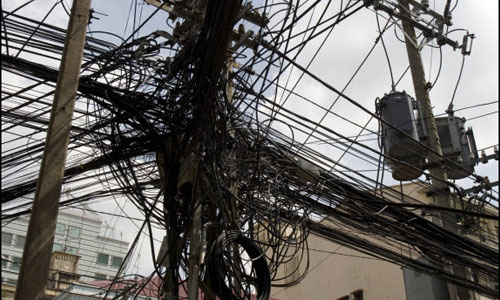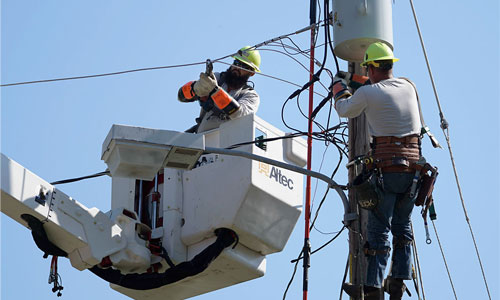Recognizing the ICT and energy backbone transmission synergy - low-risk, high-capital investments – allows the unlocking of economic, social, and environmental benefits through the commonality of infrastructure build and infrastructure maintenance by combining these activities in ICT and Energy sectors.



